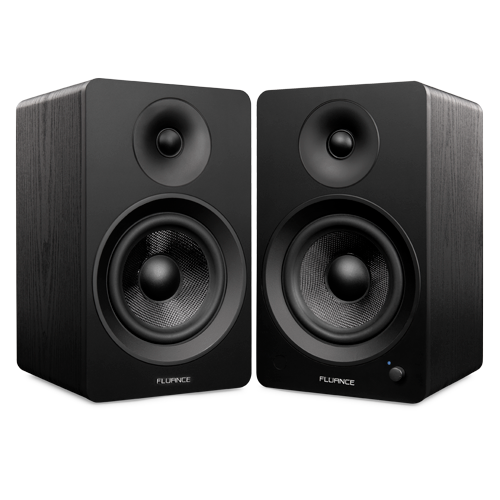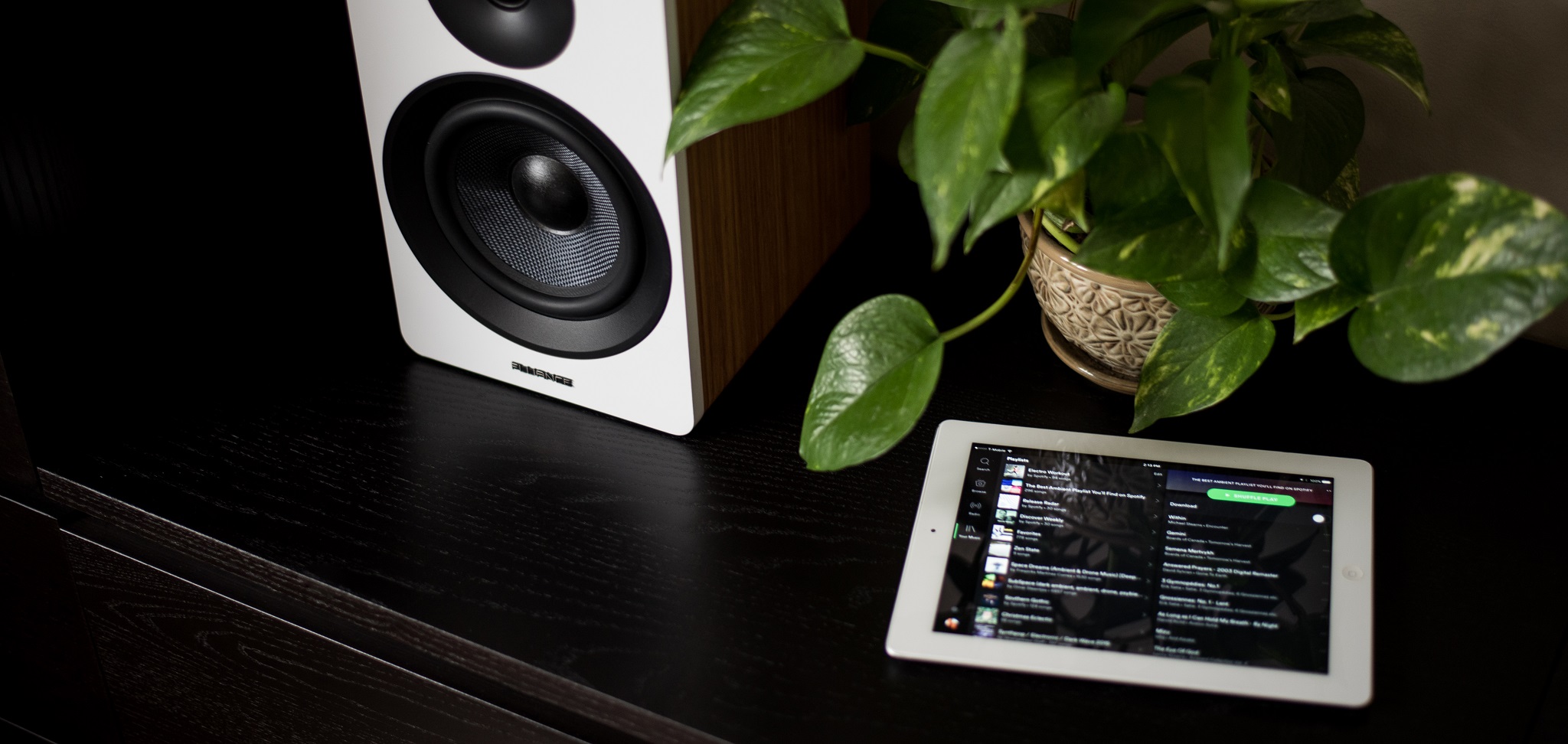Bluetooth technology is at the heart of nearly everything. It’s how the wireless controllers on your game system connect with the console itself; How your phone instantly connects to the stereo in your car when you put the key in the ignition; How you enjoy wireless audio on everything from smartphones to speakers to soundbars, headphones, and more with technology like aptX.
Understanding the history of Bluetooth communication, along with its relationship to technologies like aptX, puts you in a better position to understand the unique benefits it brings to the table. Three factors will help distinguish between different versions: range, data speed, and power consumption.
Contents
Bluetooth 1.0 – 3.0: Classics
Bluetooth 1.0
Released in 1999, the original Bluetooth 1.0 was developed with the purpose of replacing wired connections. It was very slow, with data speeds capped at 1Mbps and a range of 10 meters. Bluetooth 1.0 is no longer on market but makes a good collector item.
Bluetooth 2.0
Bluetooth 2.0 helped fix many connection problems inherent in early Bluetooth devices – like the fact that the connections would sometimes make accessories inoperable. It became popular when early smartphones were released. It used a technology called EDR (or “Enhanced Data Rate”) to allow for transfer speeds of up to 3Mbps.
Bluetooth 3.0
In 2009, the next major revision came in the form of Bluetooth 3.0, providing theoretical data transfer speeds of up to 24 Mbit/s. With Bluetooth 3.0, the technology used the actual Bluetooth link to simply negotiate and establish a connection between two devices. The high rate data transfer was handled via a collocated 802.11 link, similar to the one that the wireless router in your home is probably using right now.
The results were game-changing because short wireless solutions could now provide a reliable high-speed connection and improved audio quality. The drawback for users was the fast power consumption; making small devices suffer a short battery life.
Bluetooth 4.0 – 5.0: Low Energy
Bluetooth 4.0
Released in 2010, the most popular Bluetooth version used today is 4.0. Its 33ft range, excellent audio, and low energy feature make it the standard connection for devices like headphones, smartwatches, heart monitors, and smartphones. This allowed devices to last longer durations without needing to be charged.
Bluetooth 4.0 included a few different ways of transferring data, like Classic Bluetooth and Bluetooth High Speed. Classic Bluetooth used legacy Bluetooth protocols to transfer data, meaning the same ones that had been in use for years prior. Bluetooth High Speed was actually based on current Wi-Fi standards and transferred data in largely the same way.
Bluetooth 5.0
The most recent version, Bluetooth 5.0, excels in low energy, with four different data rates to improve range; 2Mbit/s, 1Mbit/s, 500kbps, 125kbps. For Bluetooth 5.0, the lower the data rate, the higher the range. For example, 125kbps can transfer information up to 240 meters away. An attractive upgraded feature is the increased broadcast capability and responsiveness. As a result, 5.0 allows the ability to use dual audio; multiple users can connect to one audio source through their personal devices.
Bluetooth and aptX
Modern Bluetooth protocols are also used with a wide range of other complementary technologies, with aptX being a notable example. The aptX audio codec is widely used in everything from consumer to automotive applications for real-time audio streaming. Although aptX was first developed back in the 1980s, it makes a perfect companion to Bluetooth for a number of reasons that music aficionados, in particular, can appreciate.
Provided that aptX is supported by both the source device (like a smartphone) and the paired accessory (like a speaker), this codec can be used to instantly transmit lossy stereo audio over a wireless connection in a higher quality way than the default SBC codec mandated by the Bluetooth standard. SBC, for example, supports bit rates of up to 198 kb/s for mono streams and 345 kb/s for stereo streams. On the other hand, the aptX HD codec supports streams of up to 576 kb/s. This means that not only is audio less compressed (and therefore better sounding), but data is also being moved between those devices much faster – thus reducing any lag at the exact same time.
So though Bluetooth itself naturally supports wireless audio streaming via SBC, only aptX offers less compression, higher bit rates and faster streams – creating a better, more natural listening experience at the exact same time. aptX takes Bluetooth audio streaming out of the realm of simple convenience and into something that even hardcore music fans can appreciate.

Fluance Ai61 Powered Stereo Bookshelf Speakers
Level-up any sound system in your home by easily pairing to your turntable, TV, computer, or Bluetooth speakers to experience an unparalleled sound performance.
Learn More